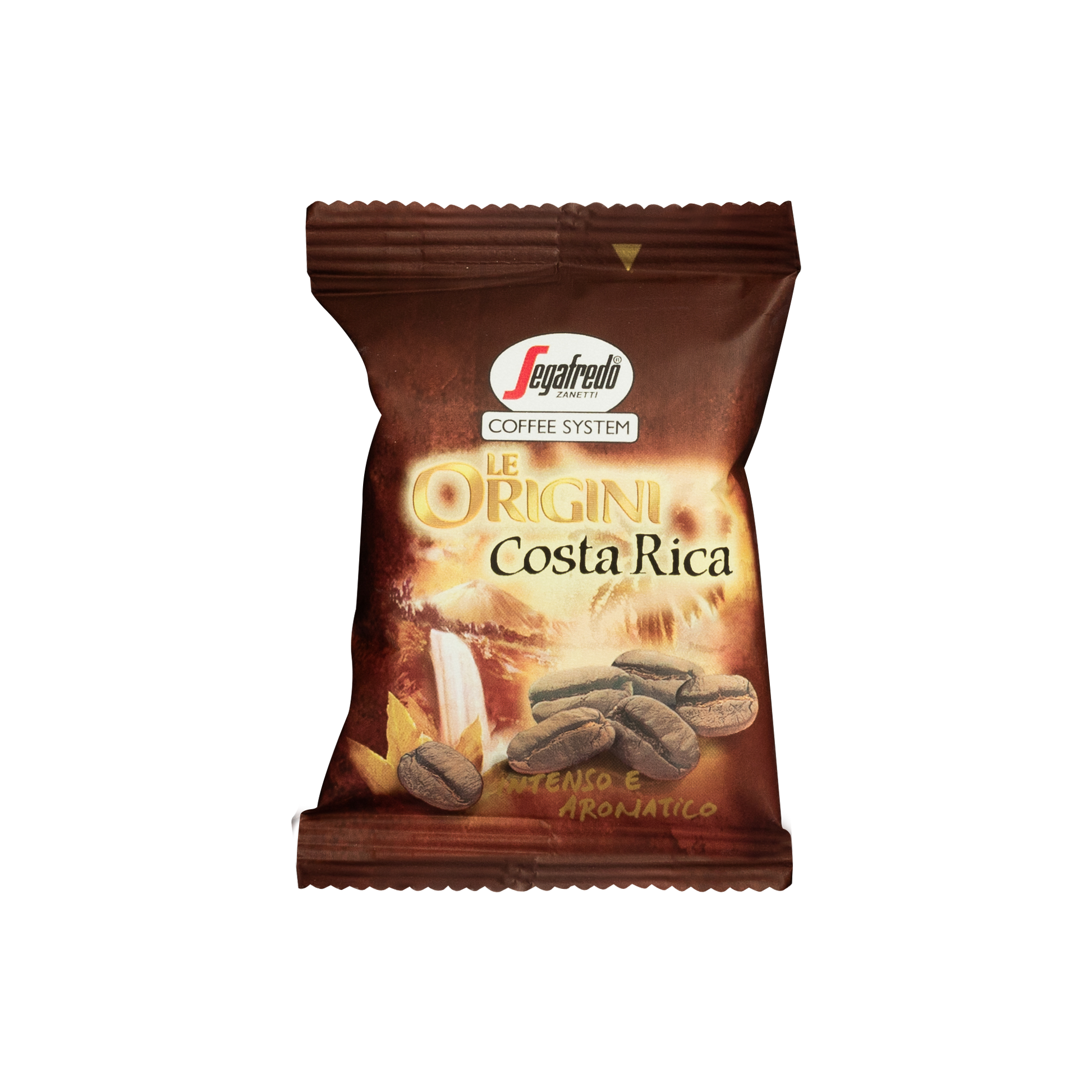How to Store SOE Single Origin Espresso for Maximum Freshness
How to Store SOE Single Origin Espresso for Maximum Freshness
Blog Article
Coffee Beans 101: Everything You Need to Find Out About Espresso and Blended Coffee Beans
When it comes to coffee, recognizing the nuances of coffee and combined beans can change your daily mug. From the expanding process to roasting strategies, every step plays a duty in your coffee experience.
Understanding Coffee Beans: Kinds and Ranges
When diving right into the world of coffee, understanding the types and ranges of coffee beans is vital for each fanatic. You'll mostly come across two main varieties: Arabica and Robusta. Arabica beans are recognized for their smooth, complex flavors and lower high levels of caffeine web content, making them a favored amongst coffee aficionados. On the other hand, Robusta beans pack a punch with a stronger, extra bitter preference and higher caffeine levels, commonly used in espresso blends.
Within these types, you'll discover various local selections, each bringing one-of-a-kind features. As an example, Ethiopian Yirgacheffe uses intense floral notes, while Colombian beans offer a well-balanced flavor account. As you explore, remember to take notice of handling techniques like washed or all-natural, as they can considerably affect the final taste. By familiarizing yourself with these beans and their tastes, you'll raise your coffee experience and make even more enlightened options in your brewing trip.
The Expanding Process: From Seed to Bean
When you explore the journey of coffee, everything begins with seed choice methods that set the structure for quality. From there, cultivation and gathering play crucial functions in ensuring the beans prosper. Finally, handling methods transform those collected cherries right into the coffee beans you like.
Seed Option Strategies
Selecting the best seeds is crucial for generating high-quality coffee beans, as it lays the foundation for the whole expanding procedure. Pay attention to the seed's age and storage space problems, as fresh seeds tend to sprout better. Think about the disease resistance of various ranges, as this can substantially influence your yield.
Cultivation and Harvesting
As you support your coffee seeds into flourishing plants, understanding the farming and harvesting process is vital for attaining the finest flavor and high quality. Start by growing your seeds in well-draining soil, ideally in a shaded area to protect them from direct sunshine.
Hand-picking is typically the best technique to assure only the ripest cherries are picked. Timing is vital; harvesting also late or too early can influence the taste profile of your beans.

Handling Approaches Described
When you've collected your coffee cherries, the following essential action is refining them to change those vibrant fruits into the beans you'll make. There are two main methods: the dry process and the damp process. In the completely dry process, you spread the cherries out in the sunlight to completely dry, allowing the fruit to ferment and present distinct tastes to the beans. On the various other hand, the wet procedure includes removing the fruit immediately and fermenting the beans in water, resulting in a cleaner preference. After handling, the beans are hulled, arranged, and usually dried out again. Each approach impacts the taste account, so explore both can aid you uncover your favored brew. Understanding these techniques is key to enjoying your coffee experience.
Toasting Methods: Exactly How Flavor Is Created
When it concerns toasting coffee beans, understanding roast levels is crucial to disclosing their unique tastes. Each roasting method influences the aroma and enhances the taste advancement process, offering you a richer coffee experience. Let's explore just how these elements integrated to elevate your daily mixture.
Roast Levels Discussed
Roast levels play an important function in shaping the flavor profile of your coffee. You'll delight in bright acidity and fruity notes when you choose a light roast. As you relocate to a medium roast, you'll notice a balance of sweetness and intricacy, frequently highlighting delicious chocolate or caramel flavors. Dark roasts, on the other hand, supply vibrant, great smoky attributes with much less acidity, making them rich and robust. Each degree arises from different roasting times and temperatures, impacting the beans' chemical make-up. By understanding these degrees, you can much better select a coffee that matches your taste choices. Try out different roasts to discover which one resonates with you, enhancing your total coffee experience and enjoyment.
Effect On Fragrance
The roast degree not only influences the taste of your coffee but additionally considerably impacts its aroma. When you select a light roast, you'll commonly see bright, floral notes that can make your coffee scent fresh and vivid. As the beans darken, the aroma changes; a medium roast highlights extra balanced, caramelized aromas, while a dark roast often tends to feature bold, great smoky undertones. Each toasting method releases various unpredictable substances, forming just how your coffee scents. Additionally, the freshness of the beans plays a vital duty; newly roasted coffee launches a lot more fragrant oils, improving that enticing aroma. So, take notice of the roast degree-- it's crucial to exposing the full aromatic experience of your mixture.
Flavor Growth Refine
As you explore the flavor advancement process, you'll find that toasting strategies play a vital role in shaping the preference account of your coffee. The toasting temperature and time directly influence the level of acidity, sweet taste, and anger of the beans. Light roasts keep even more of the bean's original flavors, highlighting fruity and floral notes. Tool great site roasts equilibrium level of acidity and body, using an all-around flavor. Dark roasts, on the other hand, draw out strong, smoky characteristics while lessening the bean's fundamental high qualities. During toasting, chemical reactions, like the Maillard reaction and caramelization, change the beans and enhance their complexity. Try out various roasting degrees can aid you find your excellent brew, so do not wait to taste and find the rich spectrum of tastes!
Coffee vs. Blended Coffee: Key Distinctions
Coffee and mixed coffee each deal distinct experiences that accommodate various preferences and preferences. Espresso is a focused coffee brewed by compeling warm water via finely-ground coffee beans, causing an abundant, vibrant flavor and a velvety layer of crema ahead. It's usually appreciated as a shot or utilized as a base for beverages like cappuccinos and lattes.
On the other hand, mixed coffee combines various beans from various regions, producing a more well balanced flavor account. You'll often locate blends that highlight body, level of acidity, or sweetness, making them flexible for different brewing techniques. While espresso concentrates on intensity, blended coffee may offer a more comprehensive variety of tastes that can alter with each sip.
Eventually, your option between espresso and mixed coffee come down to your personal preference. Whether you yearn for a leisurely mug or a quick jolt, both options have something scrumptious to supply.

Brewing Approaches: Unlocking the Perfect Mug
When it concerns developing coffee, finding the right technique can change your experience and boost your cup. Each developing technique has its unique appeal and can greatly impact your coffee's taste and scent. Utilizing a French press permits you to delight in a full-bodied and rich brew, while a pour-over technique provides a clean, brilliant cup with distinctive flavors.
If you choose espresso, buying a top quality device can aid you understand the art of drawing shots. For ease, a single-serve shuck system supplies rate without giving up preference.
Don't forget concerning cool mixture, which supplies a smooth, much less acidic coffee suitable for warm days. Experiment with various techniques to read review find what resonates with your taste buds.
Sampling Notes: Determining Flavor Profiles
How can you really appreciate your coffee if you do not recognize what flavors to try to find? Tasting notes are your overview to comprehending the complex world of coffee. When you drink, take note of the initial tastes that hit your taste. You could spot fruity notes, like berry or citrus, or possibly a nutty touch. As you proceed to taste, observe how the flavors progress-- this is referred to as the "finish." Some coffees might leave a chocolatey or caramel aftertaste, while others may have a brilliant, tidy coating.
Take into consideration the body of the coffee, too; is it light and ventilated or thick and syrupy? Don't fail to remember acidity; a brilliant level of acidity can add activity, while a low level of acidity may give a smoother experience. By determining these taste profiles, you'll deepen your connection with each mug, making coffee sampling a wonderful trip of discovery.

Tips for Picking and Storage Coffee Beans
Picking and storing coffee beans properly can greatly improve your developing experience. Beginning by choosing top notch beans that suit your taste. Seek freshness; beans roasted within the last 2 weeks are optimal. Inspect the roast day on the product packaging, and buy from trusted roasters or neighborhood stores.
When you have your beans, save them in an airtight container to protect against exposure to moisture, air, and light. A dark, amazing location functions best, so prevent maintaining them in the refrigerator or freezer, as this can introduce dampness. Just grind the amount you need to preserve quality; whole beans preserve taste longer than pre-ground coffee.
Finally, try to utilize your beans within two to four weeks after opening for peak taste. Complying with these pointers will certainly ensure your coffee remains enjoyable and savory, elevating your day-to-day mixture to new heights.
Regularly Asked Inquiries
The Length Of Time Do Coffee Beans Keep Fresh After Toasting?
Coffee beans stay fresh for about 2 weeks after roasting - SOE. You ought to store them in an impermeable container, far from light and wetness. Afterwards, their taste and fragrance start to lessen considerably

Can I Mix Different Coffee Bean Varieties?
Definitely, you can mix different coffee bean ranges! Try out blends can boost tastes and produce a distinct preference account. Simply see to it to stabilize the toughness and qualities of each range for the ideal results.
What Is the Suitable Work Size for Coffee?
For espresso, you'll want a great grind dimension, concerning the texture of salt. This permits ideal extraction, leading to a rich, tasty shot. Experiment a little bit to locate what matches your taste best!
Just How Does Altitude Affect Coffee Bean Flavor?
Altitude impacts coffee bean flavor by influencing the growth price and chemical structure. Greater elevations bring about slower maturation, which improves level of acidity and complexity, providing your coffee a distinct and vivid preference you won't neglect.
Are There Decaffeinated Variations of Espresso Beans?
Yes, there are decaffeinated variations of coffee beans. You can take pleasure in a More hints rich coffee flavor without the caffeine kick. Simply seek "decaf" blends at your regional coffee bar or specialty store.
Coffee Beans 101: Whatever You Need to Know About Espresso and Blended Coffee Beans.
When diving into the world of coffee, understanding the types and varieties of coffee beans is crucial for every enthusiast.When it comes to roasting coffee beans, recognizing roast levels is vital to exposing their one-of-a-kind flavors. Coffee is a focused coffee brewed by requiring warm water through finely-ground coffee beans, resulting in an abundant, vibrant flavor and a creamy layer of crema on top.On the other hand, combined coffee integrates different beans from different regions, creating an extra balanced taste profile.
Report this page